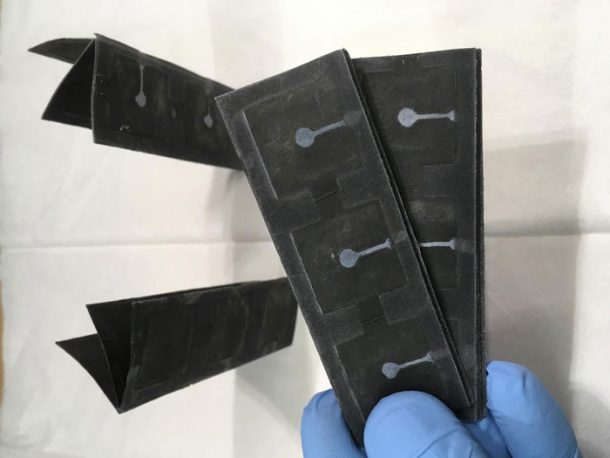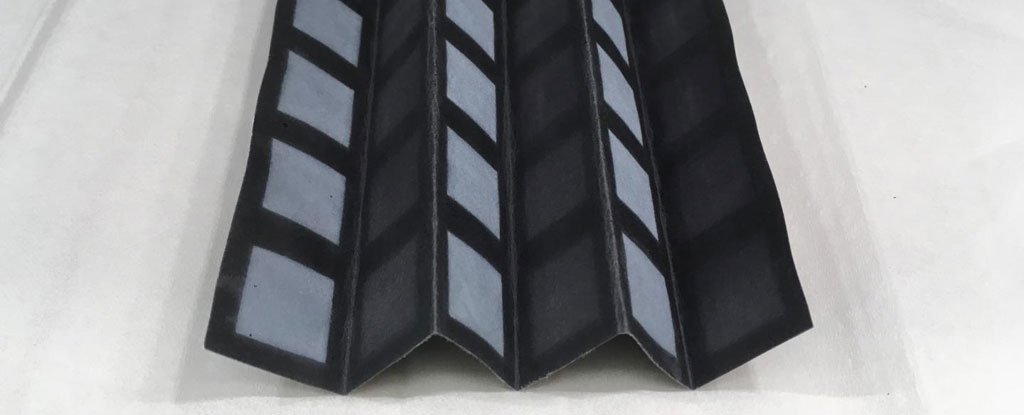One of the greatest problems hindering the ubiquity of adequate medical equipment is the lack of power resources. But it seems like scientists have come up with a unique solution to this pressing problem, by developing a bacteria-powered battery running on a single piece of paper.
The paper battery, as claimed by the scientists, is a cheap and easily manufactured source that can be used to power medical sensors in the far flung areas. The unique design is the latest advance in the field of bio-batteries, and the foldable sheet produces electricity by using common bacteria found in wastewater.
This type of fusion of paper and electronics is generally known as papertronics, which is a major advance in the field of power generation as it provides a low-cost solution which can be achieved using easy to gather supplies in areas where grid electricity or conventional batteries aren’t available.

Engineer Seokheun “Sean” Choi from Binghamton University says,
“Papertronics have recently emerged as a simple and low-cost way to power disposable point-of-care diagnostic sensors.”
The technology is created by laying a ribbon of silver nitrate on a piece of chromatography paper. Then a thin layer of wax is laid to create a cathode, which acts as battery’s positive electrode.
On the other side of the paper, a reservoir of a conductive polymer acts as an anode (negative electrode) once a few drops of the bacteria-containing wastewater liquid is added.
The battery, powered by bacterial metabolism, or cellular respiration, comes to life when the paper is folded, and the cathode and anode come into contact.
The total amount of power generated depends on how much paper you use and how it is stacked and folded. Each foldable sheet contains some small, square-shaped batteries that are aligned in a grid. Using six batteries (three batteries in a row, folded onto another three), the researchers were able to generate 31.51 microwatts at 125.53 microamps. And when these six batteries were folded into another three, the power surge rose to 44.85 microwatts at 105.89 microamps.
The technology has its quirks, though, with the performance varying with misalignment or gaps between the paper layers. Also, if the current prototype is used, it would require millions of the paper batteries to power a 40-watt light bulb, so, for now, it can’t be used to power conventional electronics.
But the technology is still powerful enough to make simple biosensors in applications like monitoring glucose levels or detecting pathogens in patients can be powered.
Choi said,
“Among many flexible and integrative paper-based batteries with a large upside, paper-based microbial fuel cell technology is arguably the most underdeveloped,”
She added on,
“We are excited about this because microorganisms can harvest electrical power from any type of biodegradable source, like wastewater, that is readily available. I believe this type of paper bio-battery can be a future power source for papertronics.”
The findings are published in Advanced Materials Technologies.


